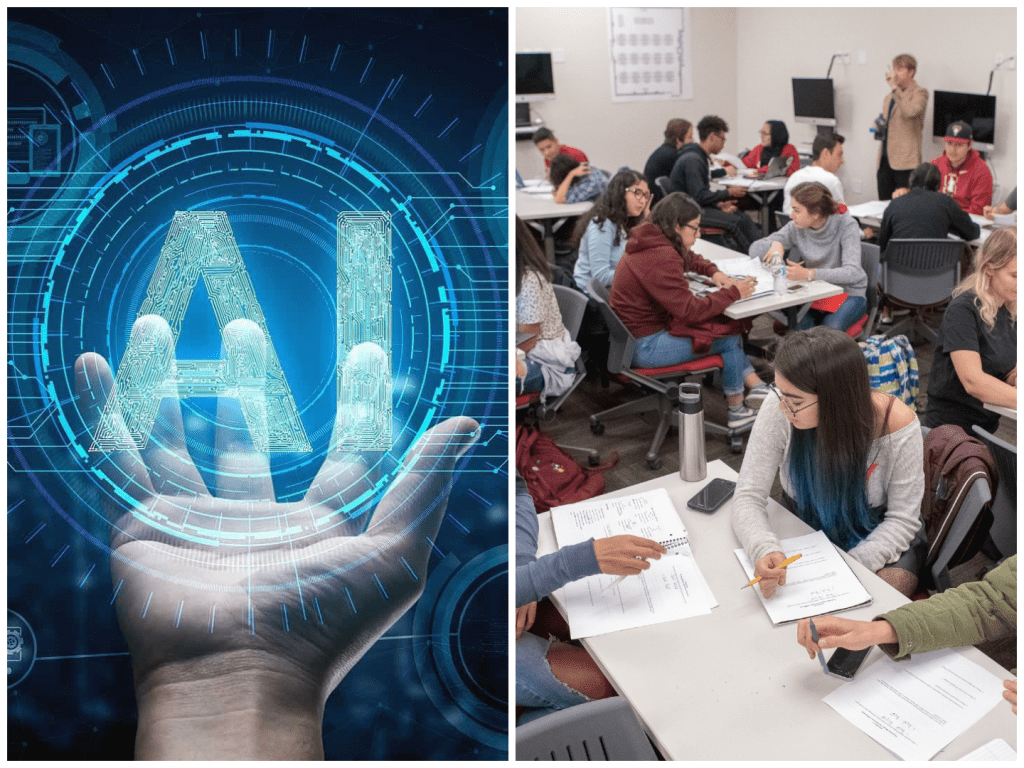
Vice-Chancellors Call for AI, VR, and Cybersecurity in Every College — Here’s Why It Matters
Imagine walking through a university campus in 2030. Students are wearing lightweight VR headsets, professors walk around with AI-assisted smart glasses, and cyber-guardians quietly protect data in real time. That may sound like science fiction, but it’s rapidly shaping up to be tomorrow’s reality—right now.
Recently, over 500 vice-chancellors gathered at Amity University for a two-day conference, marking a century of collaboration under the Association of Indian Universities. The spotlight? How to weave AI, VR, AR, and cybersecurity into the DNA of every university. Sounds grand—yet deeply human in its intent.
As Vice-President Jagdeep Dhankhar said during the keynote, shifting focus from packed cities to fresh, greenfield campuses is key. He pleaded, “Let’s break away from clusterisation and bring quality education to every corner.” And with the education budget now at ₹1.5 lakh crore—up an astonishing 60% in just a decade—the stage is set.
Let that sink in: a wave of funding backed by real vision. These vice-chancellors—some seasoned, some new—aren’t just talking charts. They’re building a future where students anywhere can virtually dissect anatomy, explore Mars, or learn coding via an AI tutor. It’s about upskilling, inclusion, and resilience.
Why It Matters: The Heartbeat Behind the Innovation
Think of this as a story, not statistics. Picture Kavya, a first-generation college student in Jharkhand. She could never access a robotics lab. Now, with new greenfield institutions offering AI and AR labs, those dreams are alive. Or look at Rohan, in Chennai, whose cybersecurity course now has real-time ethical hacking modules—teaching him to protect, not exploit, online systems.
These ideas aren’t fantasy—they’re policy in motion. AIU president Vinay Kumar Pathak pointed out that India’s education system now includes 23 IITs, 20 IIMs, and around 1,200 universities. He emphasized that this tech push is about equity. “Budget doubled since 2014—this isn’t just growth. It’s transformation,” he noted.
The conference didn’t stop at big-picture talks. Ten deep-dive sessions covered real-world details: VR labs for medical training, AI-based testing to reduce bias, AR for architecture students, and top-grade cybersecurity to protect data. Each field has a story. For example, small colleges can now tap into cloud-based AI labs, rather than investing heavily in local hardware—opening doors for many under-resourced campuses.
Here’s what makes it feel personal: when these tech upgrades arrive, students don’t just learn. They feel empowered. Professors don’t just teach—they evolve with tech. And communities don’t just watch—they participate. It’s a ripple effect—education sets off innovation, which leads to startups, local jobs, and new opportunities.
Where We Go from Here: Envisioning the Blueprint for 2047
Now, here’s the exciting part. This summit isn’t just a talk shop. It’s shaping an action plan. That blueprint will land on the desks of UGC, AICTE, NAAC, and state governors—outlining exactly how campuses should adopt these tools by 2030.
Here’s how it breaks down:
- Greenfield Expansion: Funding for new colleges in small towns, built from scratch with tech already in place.
- Upgrading Existing Colleges: Including VR labs, AI courses, cybersecurity measures.
- Teacher Training: Professors learn how to teach with AI tools—not to be displaced, but to be empowered.
- Policy Coordination: Ensuring regulatory bodies align on data privacy, cybersecurity, curriculum, and evaluation standards.
- Sustainability Labs: Teaching students how tech can power green campuses and climate-aware innovation.
These changes also echo reforms from the 2025 Union Budget, which earmarked ₹500 crore for an AI Centre of Excellence in education, plus new skilling centers. Education in India isn’t just growing—it’s strategic, inclusive, and modern.


